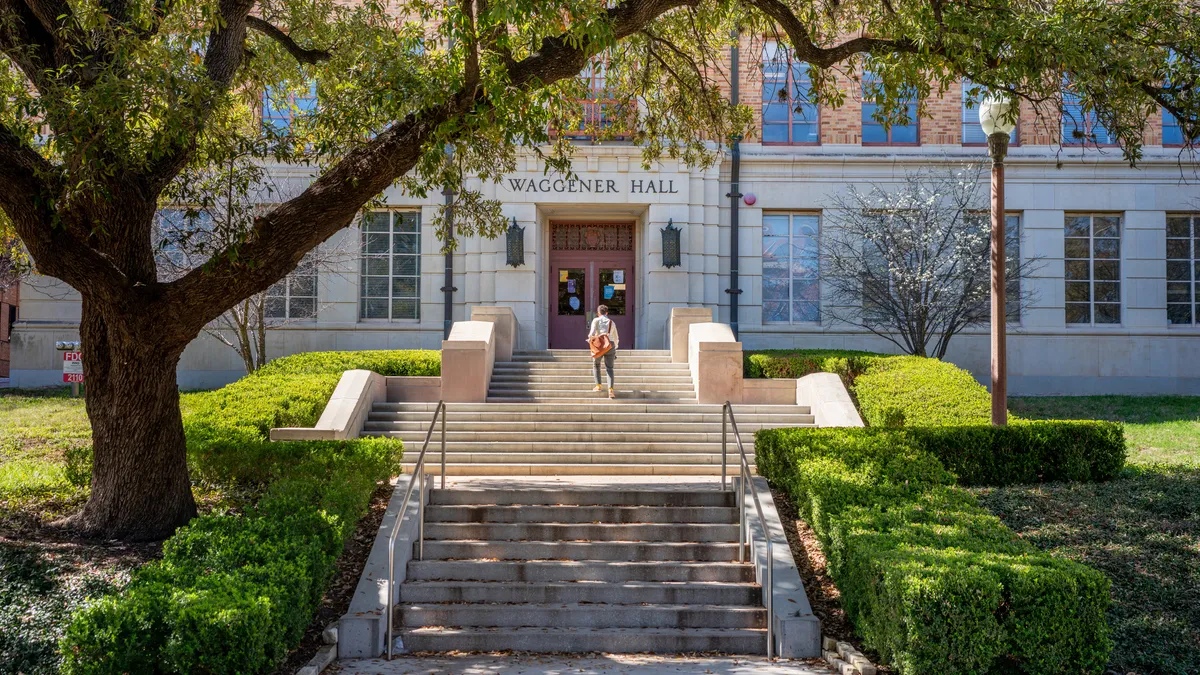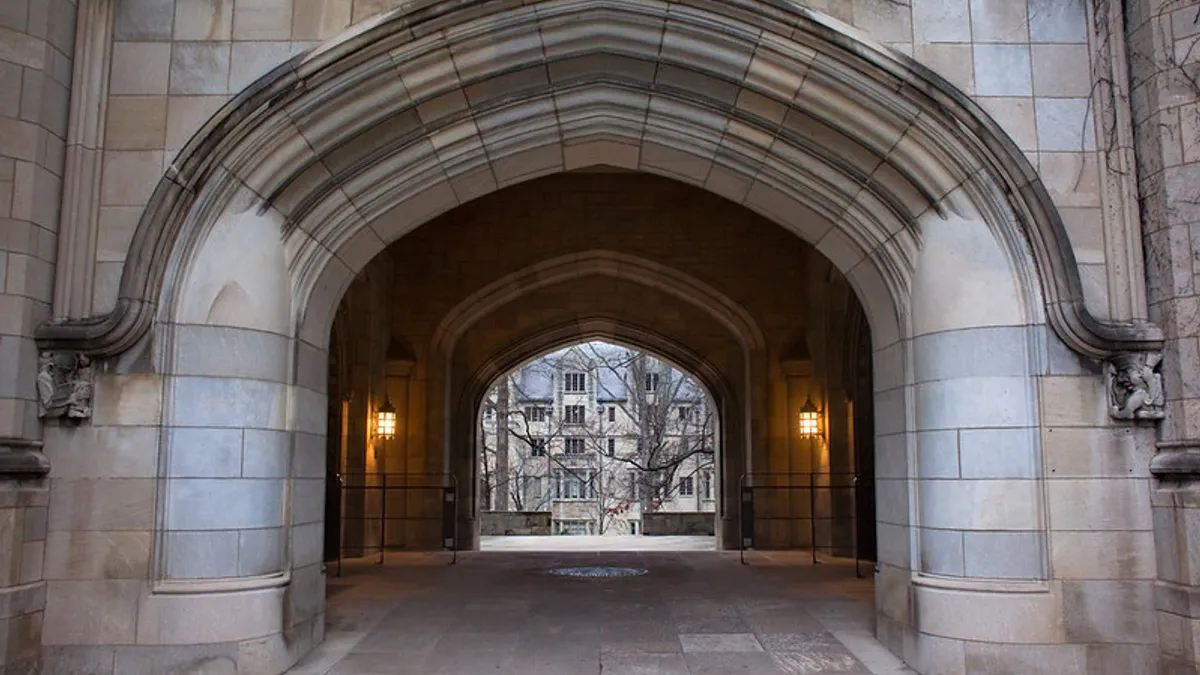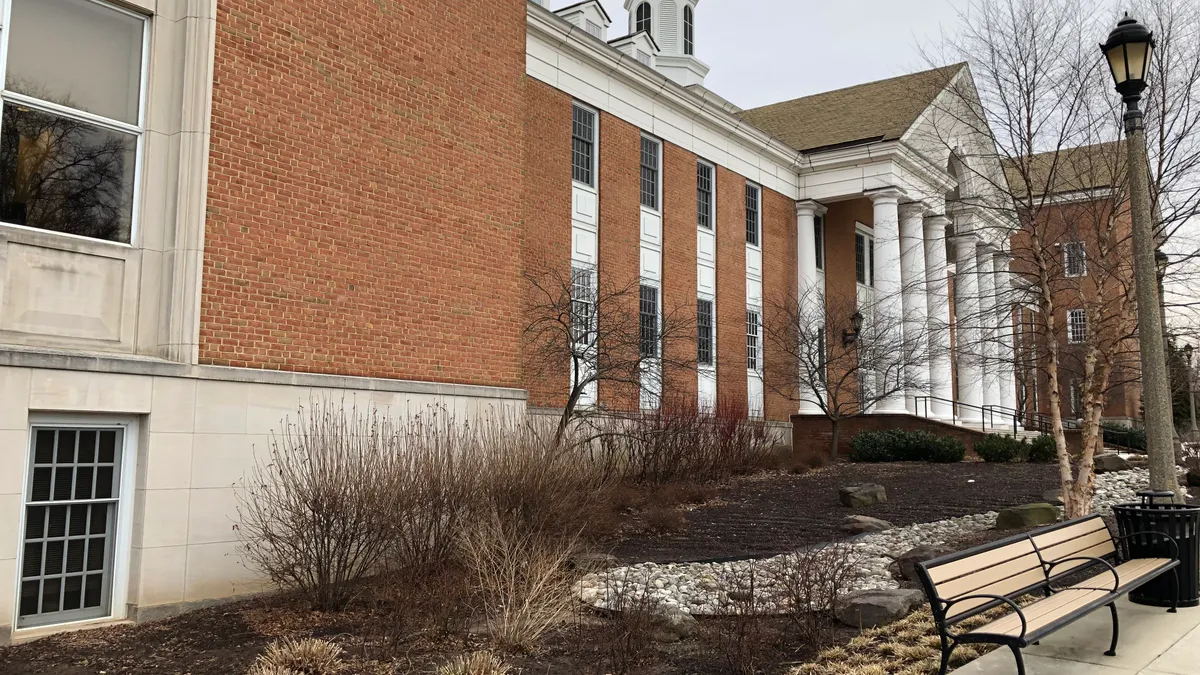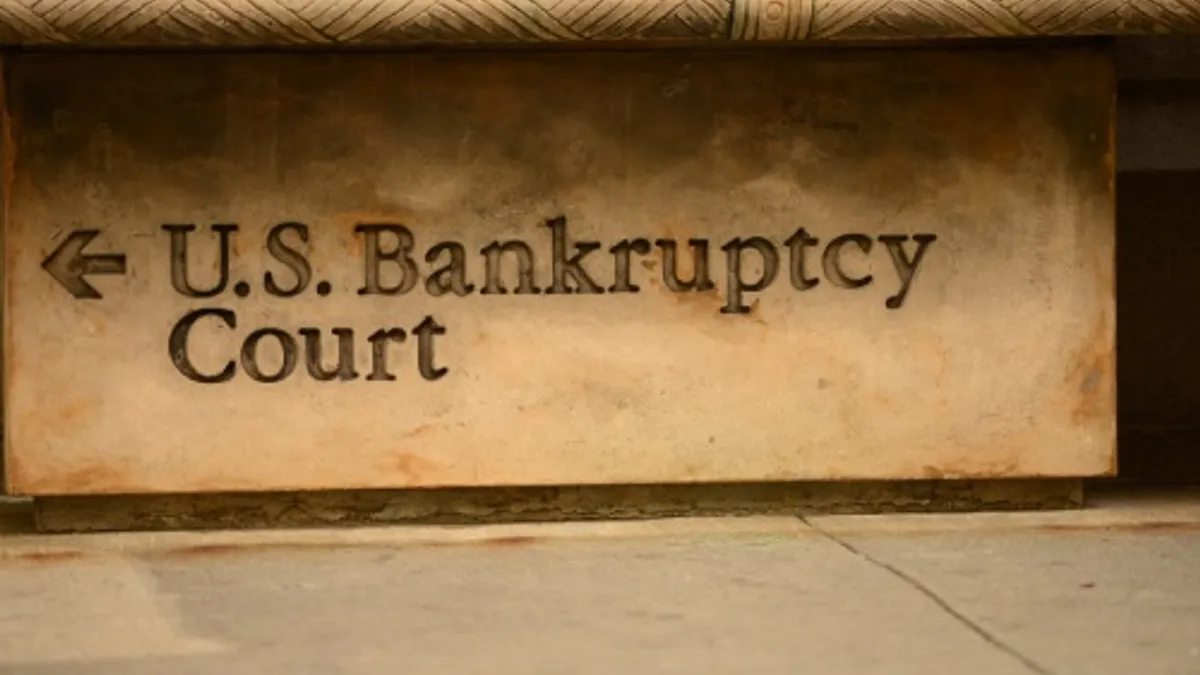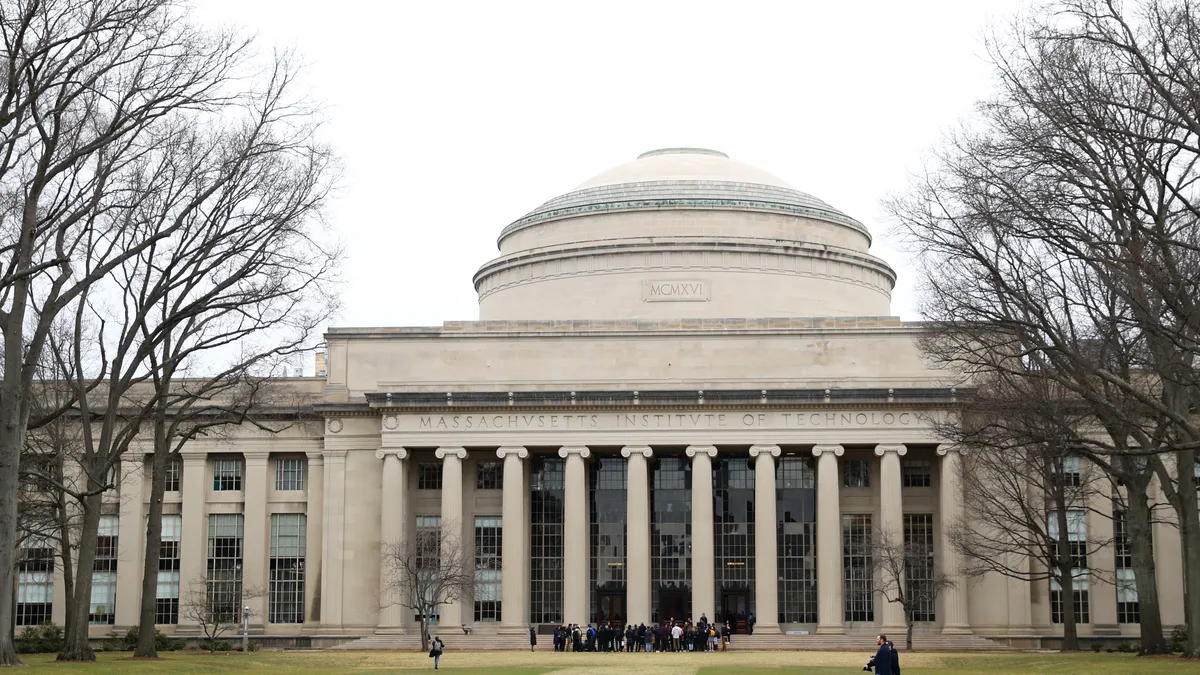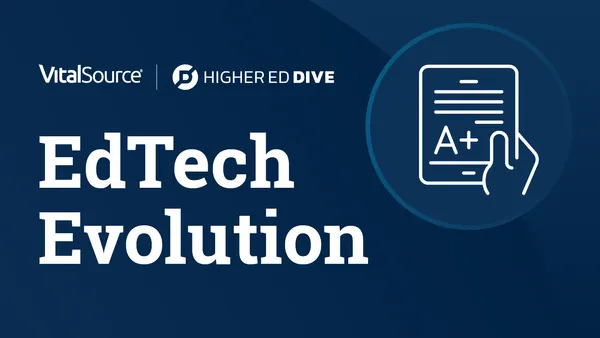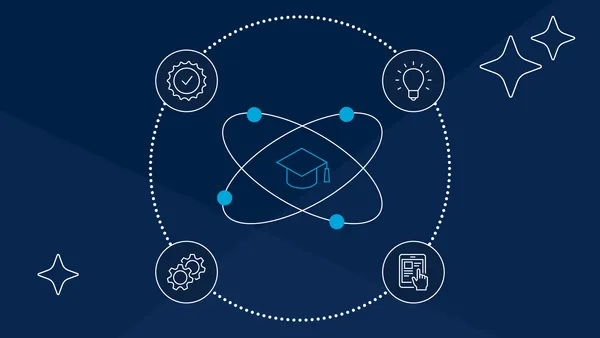Microcredentials are often touted as a way for students and working adults to learn skills and move into new industries without the same time and money commitment required to pursue a college degree. But some college officials are working to pair microcredentials with a traditional four-year education.
The University of Texas System expanded its partnership with Coursera late last year to provide some 15,000 students across its five health campuses with free access to the online learning platform’s microcredentials. Through the partnership, students, faculty, staff, and alumni have access to Coursera’s Career Academy, which offers some 50 professional certificate programs with companies like Google and Microsoft.
System officials say they hope the microcredentials help students build upon their college classwork to succeed in the workforce. The results of pairing microcredentials with degree programs have not been fully studied, but higher education experts say they may offer benefits for students.
The partnership has been active on the UT System’s nine academic campuses since August 2023 following a pilot launched the year before. Together, the campuses collectively enroll some 245,000 students. The partnership has so far cost the UT System about $1.7 million dollars.
When microcredentials are tied to specific companies, like Google or Microsoft, it could signal information about their skills to employers beyond what they learn from classwork, said Kelvin Bentley, an official at the UT system. That might be especially influential for students at smaller campuses, said Bentley, who is the program manager for the Texas Credentials for the Future, an initiative that focuses on expanding short-term credentials across the system and includes the Coursera partnership.
“We've just been really excited to be able to provide these microcredential courses to our students with the hope being that the combination of microcredentials from industry partners and the durable skills that they're learning from existing course work will help set them apart in the world of work,” Bentley said.
What’s next for the program?
UT campuses are exploring how they might award credit to students for professional certificates earned through the Coursera partnership. If campuses award credit, the online courses may be able to stack within degree programs.
The system is also hoping to find new ways to boost credential completion among participating students. Since the partnership launched at the original nine campuses, more than 14,000 students and alumni have begun a microcredential. However, only about 1,600 have completed one. In total, about 1,960 microcredentials have been completed.
“Many students, because it's no cost, have signed up,” Bentley said. “What we're doing is just trying to work with our campuses is to find ways for them to connect with their learners to help them actually finish the microcredentials that they've enrolled in.”
Giving credit for microcredentials and integrating them formally into programs could make them more valuable to students, said Naomi Boyer, senior vice president of digital transformation at Education Design Lab. It could also encourage completion. College students may not see the immediate value in completing a credential when they’re already working towards a degree.
“As long as it’s an extra add-on, it’s those people who have initiative, who already have gumption to find their pathway, who are going to take advantage of the opportunities,” she said.
Will the partnership boost student outcomes?
It’s an open question whether microcredentials can improve the labor market outcomes of college students. Four-fifths of hiring managers said that alternative credentials could show skills or knowledge areas, according to a 2021 survey of over 1,000 respondents by InsideTrack and UPCEA. More than 70% said employees would be more likely to be promoted if they earned an industry-relevant short-term credential.
It’s great to offer free courses for the personal enrichment of students, said Shalin Jyotishi, managing director of the Future of Work and Innovation Economy Initiative at think tank New America. But if college leaders want microcredentials to provide more value, they need to understand which courses may carry currency with the employers who are likely to hire their graduates, he said.
“We need to know if these certificates are going to add anything to a student's experience before we recommend them or embed them in programs,” Jyotishi said. “We have to be a little bit intentional about implementation. Otherwise, it might just be a waste of time and money.”
Colleges could use labor market data to see which credentials or skills are mentioned in job advertisements. Institutions could also work with regional employers to learn about which courses or skills they might find useful, Jyotishi said.
The UT system is hoping to use a longitudinal study to help uncover whether microcredentials help students in the labor market. Using unemployment data, UT can track alumni and their labor market outcomes, which may provide insight into the role of credentials in their job success.
Though college leaders should be thoughtful about whether they want to recommend microcredentials to their students, Texas is one of the states moving in the right direction on workforce training, Jyotishi said.
“Higher education institutions are doing a lot of great things to evolve and be more responsive to the labor market,” he said. “Texas is on the forefront of this, without a doubt.”


